I Still Love H.E.R. - How Teriyaki Boyz and Kanye West Bridged Cultures
Japanese hip-hop has always danced to its own beat, from the early days of the scene taking shape since the early 80s thanks to names like Hiroshi Fujiwara and East End x Yuri. As hip-hop entered the 2000s the Teriyaki Boyz.
Formed in 2005, this supergroup—with members Ilmari, Ryo-Z, Verbal, and Wise propelled Japan’s hip-hop explosion. Although many first heard the name Teriyaki Boyz through their iconic track Tokyo Drift—forever linked to The Fast and the Furious: Tokyo Drift—their journey stretches far beyond a single hit. Their debut album, Beef or Chicken saw songs produced by titans like Daft Punk, DJ Shadow, and Mark Ronson, and planted the group firmly on the international stage.
Kanye West x Teriyaki Boyz
The second album of Teriyaki Boyz, Serious Japanese, released in 2009 featured an even more impressive list of collaborators, but one of the standout moments came when Kanye West, then at the peak of his powers after Graduation and 808s & Heartbreak, joined the group for I Still Love H.E.R.
Kanye’s production on the track is signature early Kanye—soulful, sample-heavy, and driven by hard-hitting drums. But what makes this collaboration special is the conversation happening within the song. The Teriyaki Boyz and Kanye reflect on hip-hop’s past, present, and future with a blend of humor, nostalgia, and admiration for the genre’s constant evolution.
At first glance, I Still Love H.E.R. seems like a straight forward homage to Common’s 1994 classic I Used to Love H.E.R. Like Common, the Teriyaki Boyz and Kanye use the metaphor of hip-hop as a woman, expressing their love for the genre while lamenting its commercialization. The H.E.R. here is a representation of hip-hop itself, personified as a romanticized figure.
The Influence of NIGO
Often operating behind the scenes, NIGO was one of the masterminds behind the group. Known globally for founding BAPE, a streetwear brand that revolutionized fashion in the early 2000s, NIGO’s creative vision extended far beyond clothing. He was the group’s cultural strategist, and even the catalyst for many of their high-profile collaborations. His relationship with Kanye West, already forged through fashion collaborations, including Kanye’s love for BAPE, was instrumental in bringing the two forces together on I Still Love H.E.R.
NIGO’s vision for the Teriyaki Boyz exceeded the goal of making music—it focused on blending hip-hop, fashion, and art into a new form of global culture.
TeriyakiTube
Presented as a parody of early YouTube, the music video for I Still Love H.E.R. brands itself as TeriyakiTube, blending scenes of the group and Kanye with animated sequences. Kanye’s iconic Dropout Bear makes an appearance, and cartoon versions of the Teriyaki Boyz join in. Together, they embark on a surreal adventure to win over a beautiful woman who eventually leaves with the group in a flashy red convertible.
In another iconic collaboration moment, Kanye and the Teriyaki Boyz performed I Still Love H.E.R. on Music Station, Japan’s biggest music television program. The performance, with NIGO behind the decks, was pure extravaganza—Kanye and the Boyz in brightly colored BAPE outfits performing in front of a massive DJ booth emblazoned with TERIYAKI BOYZ.
This performance was a defining moment for Japanese hip-hop. The sight of Kanye West, a global superstar, standing side by side with Japan’s leading hip-hop group was symbolic—a moment of cultural exchange where Japanese artists were no longer just participants in global hip-hop but leaders in their own right.
In the end, I Still Love H.E.R. was a testament to the shared love for hip-hop that crosses languages, cultures, and borders. Thanks to NIGO’s vision and the combined talents of the Teriyaki Boyz and Kanye West, this collaboration will always be remembered as a celebration of creativity that united East and West in a singular artistic moment.


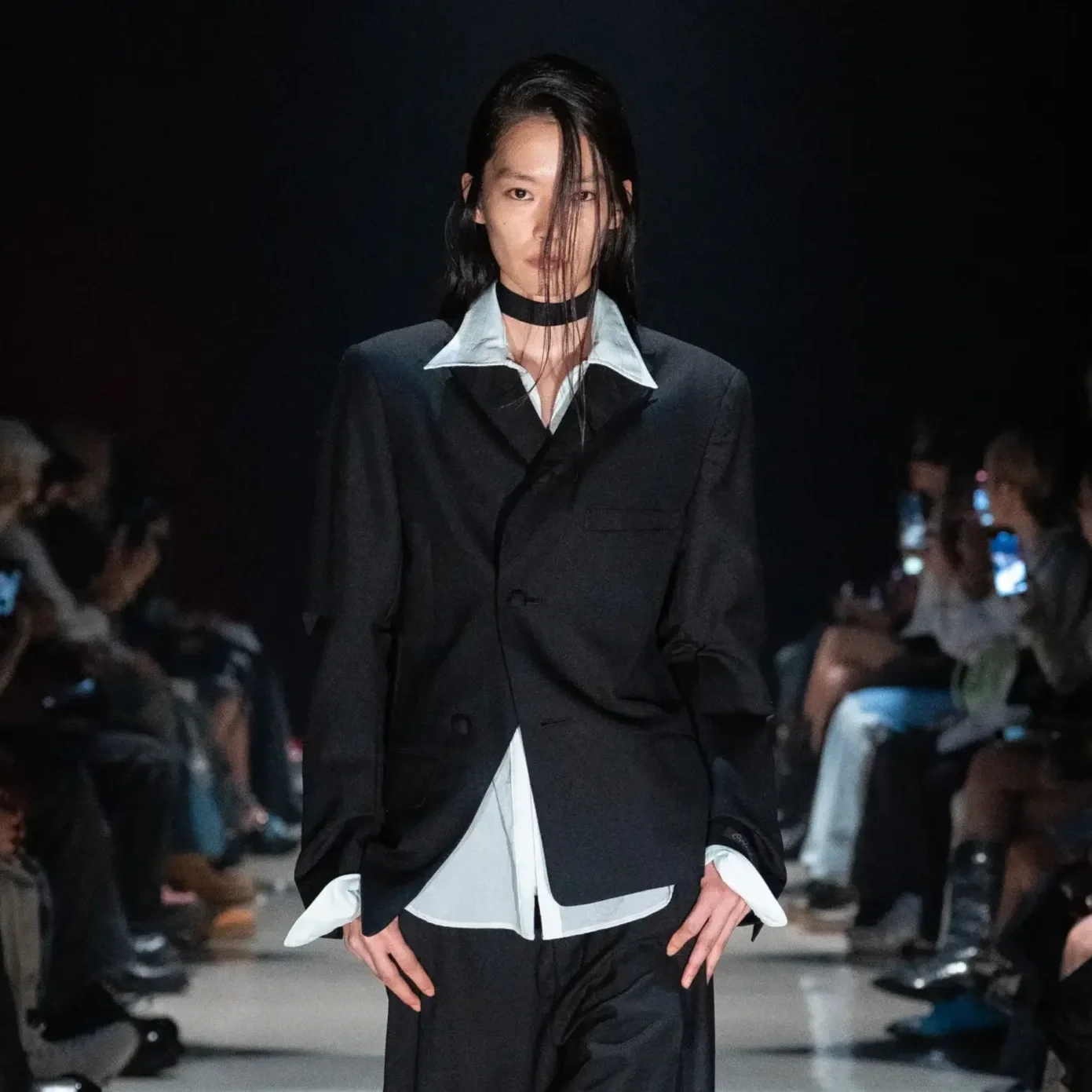

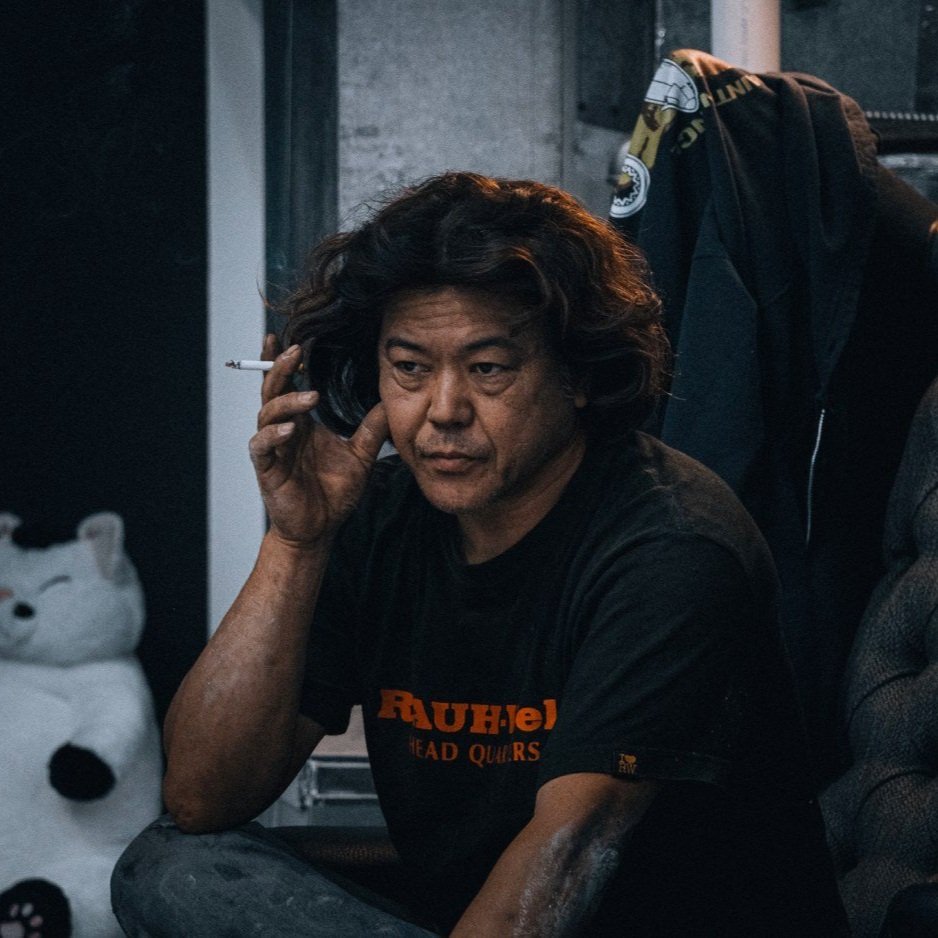
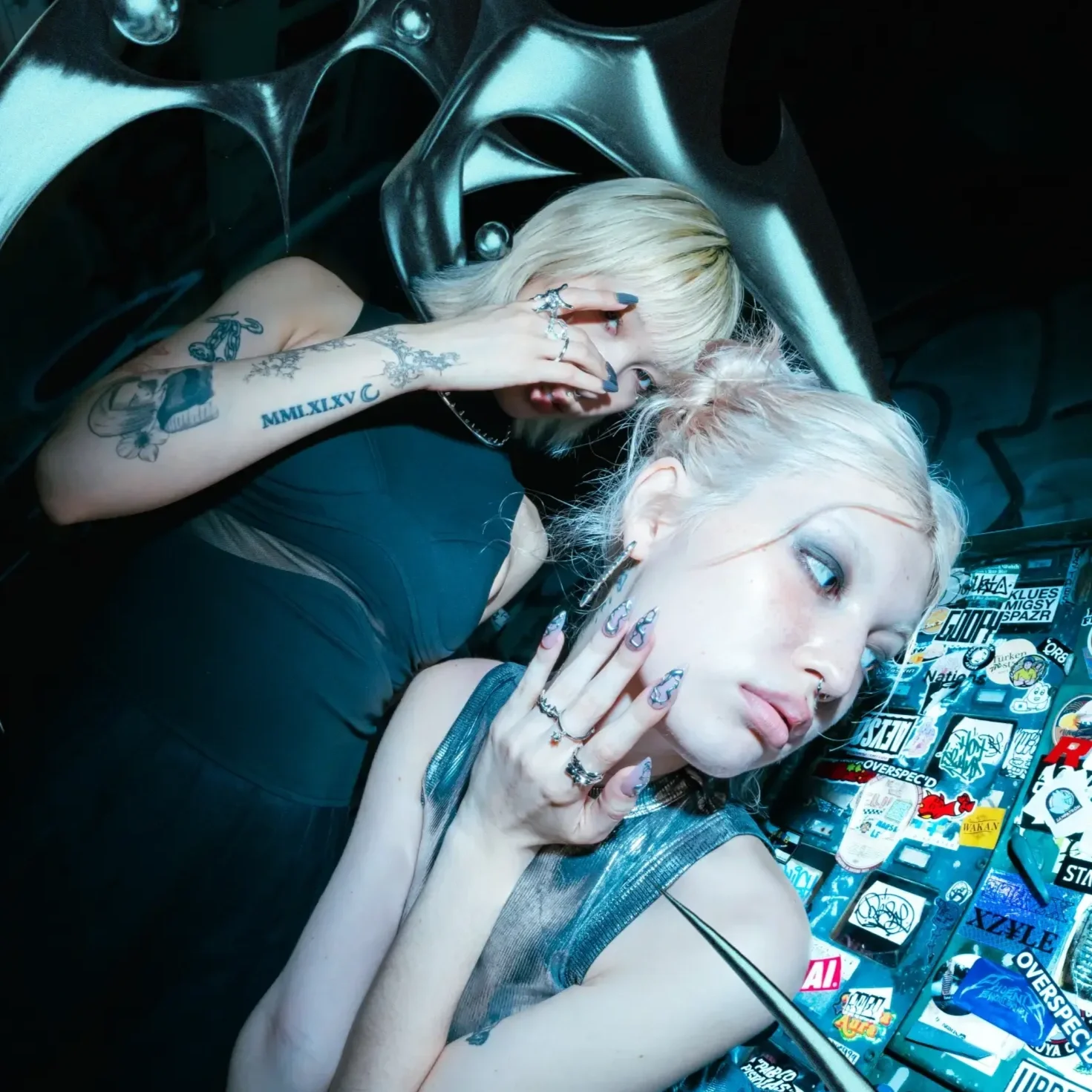
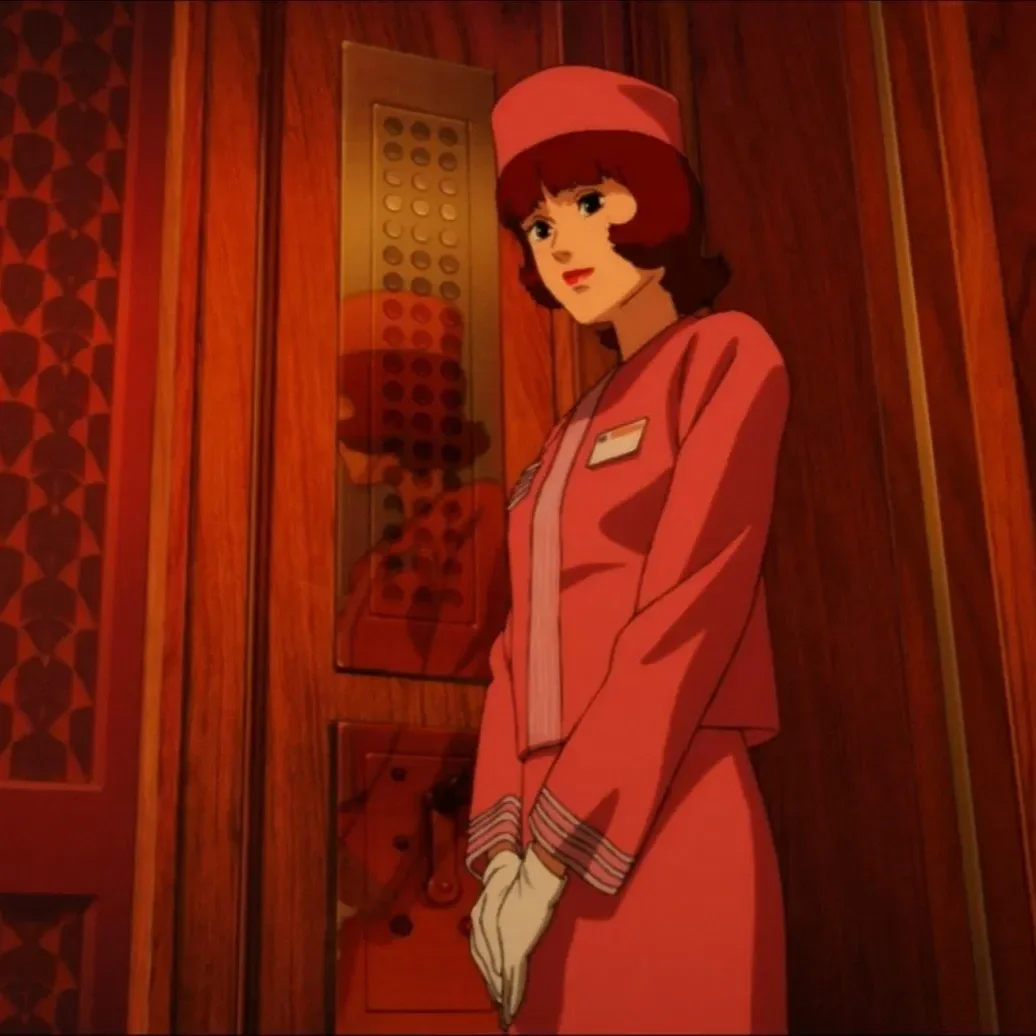
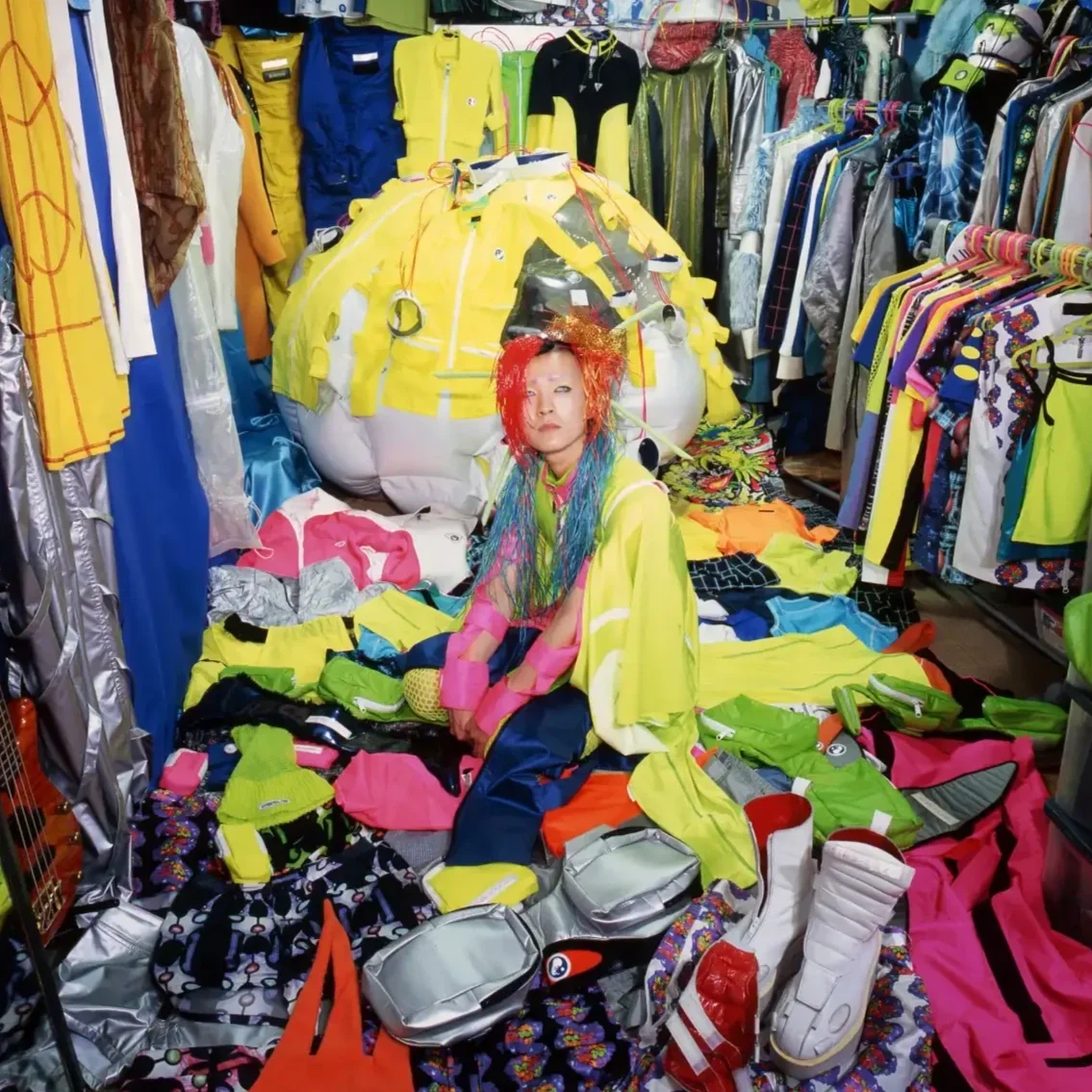
Nujabes' Impact on Anime’s most Iconic Soundtrack.